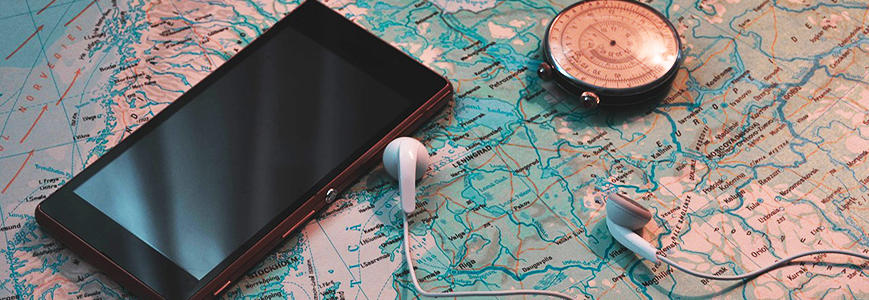GPS Backup Strategy

What if GPS goes down? Can you make a cell-phone call while traveling? How about make a transaction at a bank?
Your cell phone works because the system gets instructions from space -- in the form of continuous timing signals from the Global Positioning System (GPS) satellites.
Many of the things we do in everyday life depend on various systems being precisely synchronized using GPS timing. It ensures that your cell phone call will be handed off from tower to tower right on time as you drive down the road, provides time-stamps for bank transactions, lets airplanes navigate safely, and much more. But what if GPS goes down?
GPS signals can be disrupted accidentally by radio interference or the weather in space, or intentionally by enemies. Federal agencies have long recognized the need to back up GPS, a collection of several dozen satellites that has provided users with time and position information since the 1970s.
Now researchers from NIST’s Physical Measurement Laboratory, in partnership with the U.S. Naval Observatory (USNO), which operate the U.S. civilian and military time standards, respectively, have identified a possible backup strategy for GPS timing signals.
Working with two independent companies, scientists are experimenting with connecting the two government time scales using commercial fiber-optic telecommunications networks. The federal time scales, 150 kilometers apart, are ensembles of clocks that generate versions of the international standard for time, Coordinated Universal Time (known as UTC), in real time.
In this experiment, time signals were sent at regular intervals in both directions between the two locations. Researchers measured the differences between the remote (transmitted) and local time. Results to date indicate that the system potentially could transfer UTC with a stability of under 100 nanoseconds (billionths of a second)—thus meeting the project’s original goal —as long as the connection remained unbroken.
Contacts
-
PML webmaster

